6. Noah Baumbach – Highball
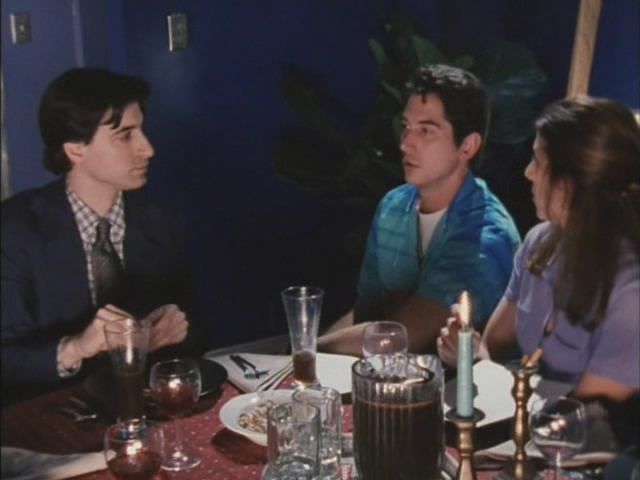
A scarcity of raw footage is never good news for a narrative film. It creates a lot of problems in editing and that is what happened to this Noah Baumbach experiment “Highball.” Baumbach saved a considerable amount of money from the allocation of his previous film “Mr. Jealousy” and he wanted to experiment with a film that would be made in six days with the returning cast from that previous film.
It turned out that six days were not enough for the ambitious project, and he had to wrap up shooting with many uncompleted sequences. He had a fallout with the producers and the cast didn’t have a date for the remaining part. As a result, the final edit was a great mess that Baumbach disowned. Later, the production house released the film on DVD without informing him.
7. Kevin Reynolds – Waterworld
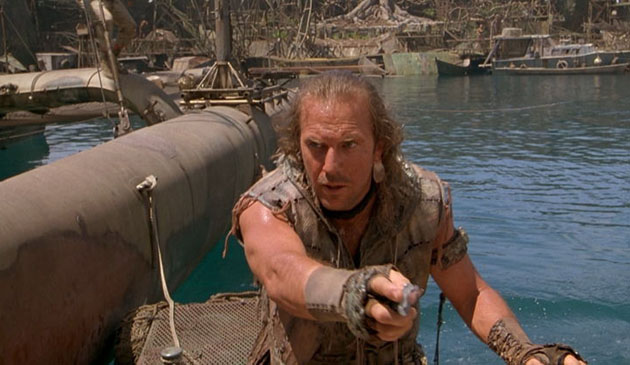
They say never to mix pleasure with business deals. “Waterworld” tried to do that and marked the end of the friendship of two Kevins: Kevin Reynolds and Kevin Costner. The production was plagued with misfortune from the very beginning with the tumultuous weather conditions of Hawaii forcing the filmmaker to shift the shooting days. This concerned attitude ultimately didn’t favor them in the end; a big set got destroyed in another untimely storm and the budget soared, becoming the most expensive film of that time.
In the meantime, Costner started to get intensely involved in the creative decision making of the film, which forced Reynolds to leave the project midway. Reynolds was given the credit as the director of the film, but it unleashed more bitter truths. Kevin Costner told the press that he was never satisfied with the filming of “Rapa Nui,” a Reynolds film in which Costner produced and starred, and as a result, he took a more active role in this film.
8. Alan Taylor – Thor: The Dark World
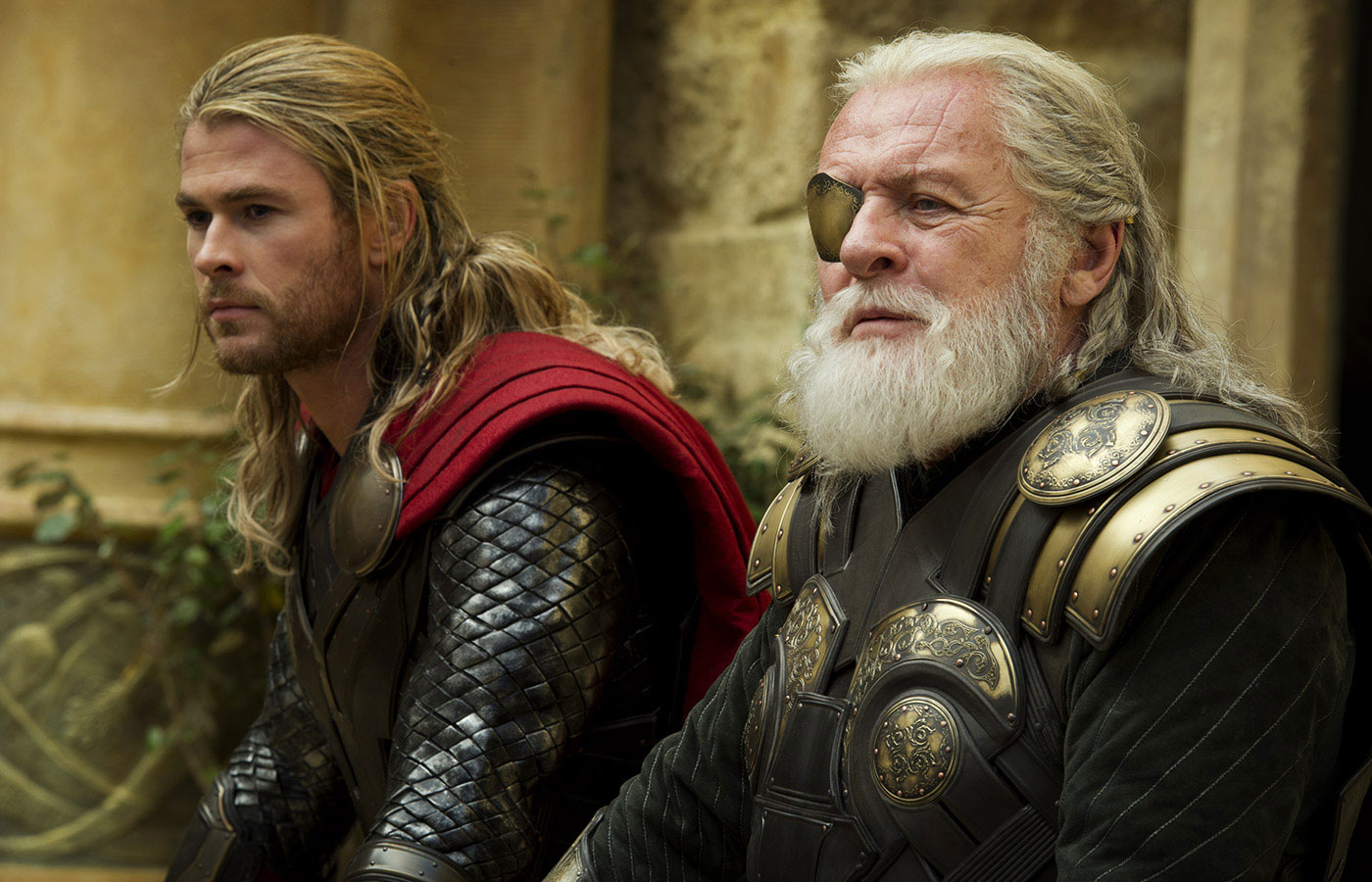
Marvel once demanded that the filmmakers who work with them exercise maximum freedom and creative control in their films. Alan Taylor later revealed that only half of that statement is true. He said that it was always a harrowing experience with the Marvel family because they always initially support the filmmaker in production, but in the editing suite, everything goes the opposite way.
It is the reason why he can’t state that “Thor: The Dark World” was his intended version, as the work was far from the gothic and epic sensibilities of the “The Sopranos” and “Game of Thrones” director.
The Marvel guys were very supportive in production, but in the editing suite, the power equation changed with the Marvel edit turning into a vastly different version of the Alan Taylor film. He also had to reshoot certain portions of the film, which is a widely-known corporate story. He later said he wished that no one should ever go through the process he suffered.
9. Mathieu Kassovitz – Babylon A.D
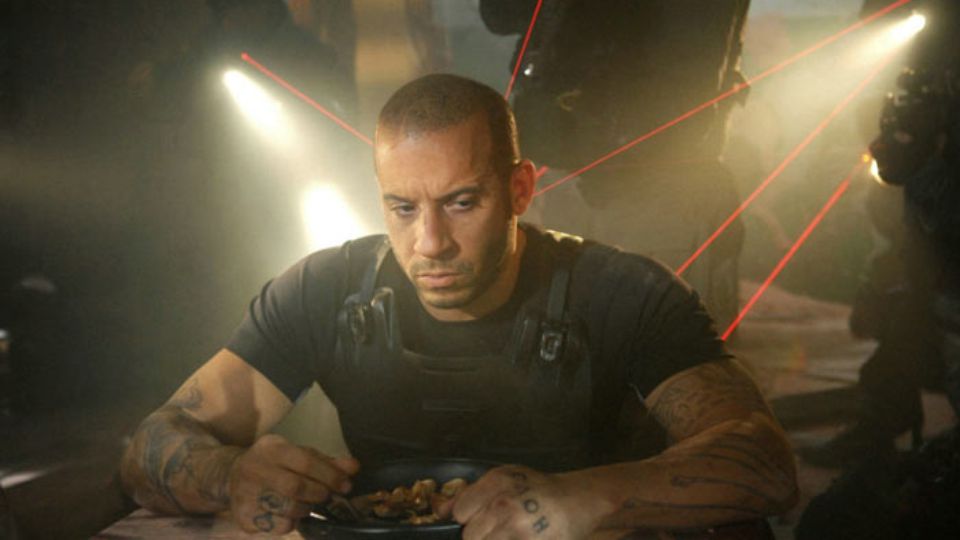
Cannes favorite Mathieu Kassovitz once came to the United States to make a sci-fi film, and after that he promised never to make another one. The story could have been different, but sadly, it can be the archival statement of a film restoration company in the future. Essentially, 20th century Fox never allowed the filmmaker to shoot in his style, albeit exporting Charlotte Rampling and Gerard Depardieu as side characters.
The deadline suggested by the executives went over and the studio was not happy with the material. As a result, reshoots ensured and lawsuits followed. Kassovitz accused Fox of excessive monitoring and ultimately making the film look like a bad episode of “24” with unnecessary actions, rather than a logical film with a metaphysical point of view.
10. Tomas Alfredson – The Snowman
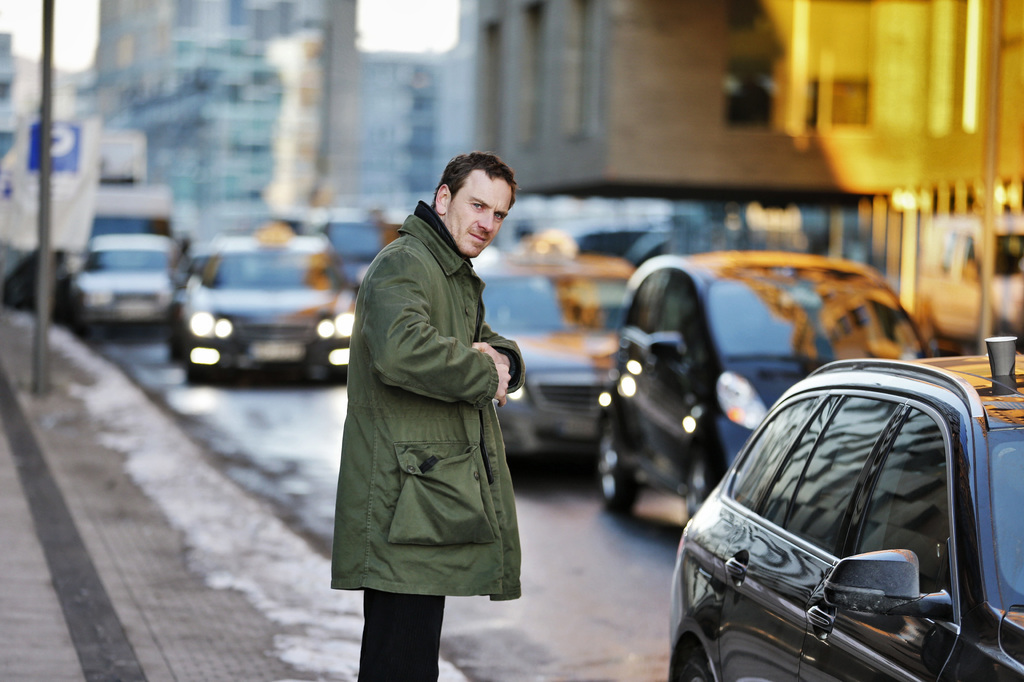
Tomas Alfredson’s followup to his underseen “The Brothers Lionheart” faced a common caveat: a short shooting schedule. Executive produced by Martin Scorsese, “The Snowman” faced a rushed shooting schedule because of the adverse weather conditions in Norway where the majority of the film was shot.
It was impossible to make a coherent film out of the limited rush according to Alfredson. The pre-production time was also very condensed and at the time the shooting finished, at least 15 percent of the remaining portions needed to be reshot for narrative cohesion. As a result, the jigsaw puzzle had missing pieces needed to complete it, and the film experienced critical backlash.